Puppy Training Made Simple: Real Tips for Real Dogs
If you’ve just welcomed a new pup, the first weeks feel like a whirlwind. You want your puppy to learn fast, but you also don’t want to overwhelm them. The good news? Training a puppy is all about short, focused sessions, the right tools, and lots of patience.
How Long Should a Training Session Last?
Research shows a puppy’s attention span is about five minutes per activity. That means a 5‑minute “sit” drill, a quick “stay” practice, then a break. You can string a few of these together, but keep the total under 15 minutes. If you push longer, your pup will tune out and you’ll end up with frustration on both sides.
Start each session in a quiet room with no distractions. Use a calm voice and treat rewards that are small—think a pea‑sized piece of kibble. End on a positive note, even if you only got one command right. Your puppy will associate training time with good feelings and will be eager to jump back in later.
Choosing the Right Tools: Collars and Toys
Not all collars are created equal. For basic obedience, a flat, lightweight collar works fine. If you’re looking at training collars, pick one that offers gentle pressure and can be adjusted easily. Avoid choke chains or shock collars—they can hurt and damage the trust you’re building.
Chew toys are a must for teething pups. Look for toys that are soft enough on gums but sturdy enough not to break apart. A good rule is to match the toy size to your puppy’s breed—small breeds get tiny rubber rings, larger breeds need bigger plush toys. Rotate toys every few days to keep your puppy interested.
Another tip: use toys as training rewards. After a successful “stay,” toss a favorite squeaky toy instead of a treat. This adds variety and makes learning more fun.
Beyond collars and toys, remember the basics: consistent cues, plenty of praise, and a calm environment. If you catch your puppy doing something right, say “good boy” or “good girl” and give a quick pat. This reinforces the behavior faster than a long lecture.
Training isn’t a one‑time event. Incorporate short practice moments into daily routines—like “sit” before meals or “wait” before opening the door. The more often you practice, the quicker the habits stick.
Finally, don’t forget to socialize. Take your puppy to a safe, fenced park and let them meet other dogs. Social skills are part of training, and a well‑socialized pup is a calmer pup at home.
With short sessions, gentle tools, and lots of positive reinforcement, you’ll see steady progress. Keep it simple, keep it fun, and enjoy watching your puppy grow into a confident companion.
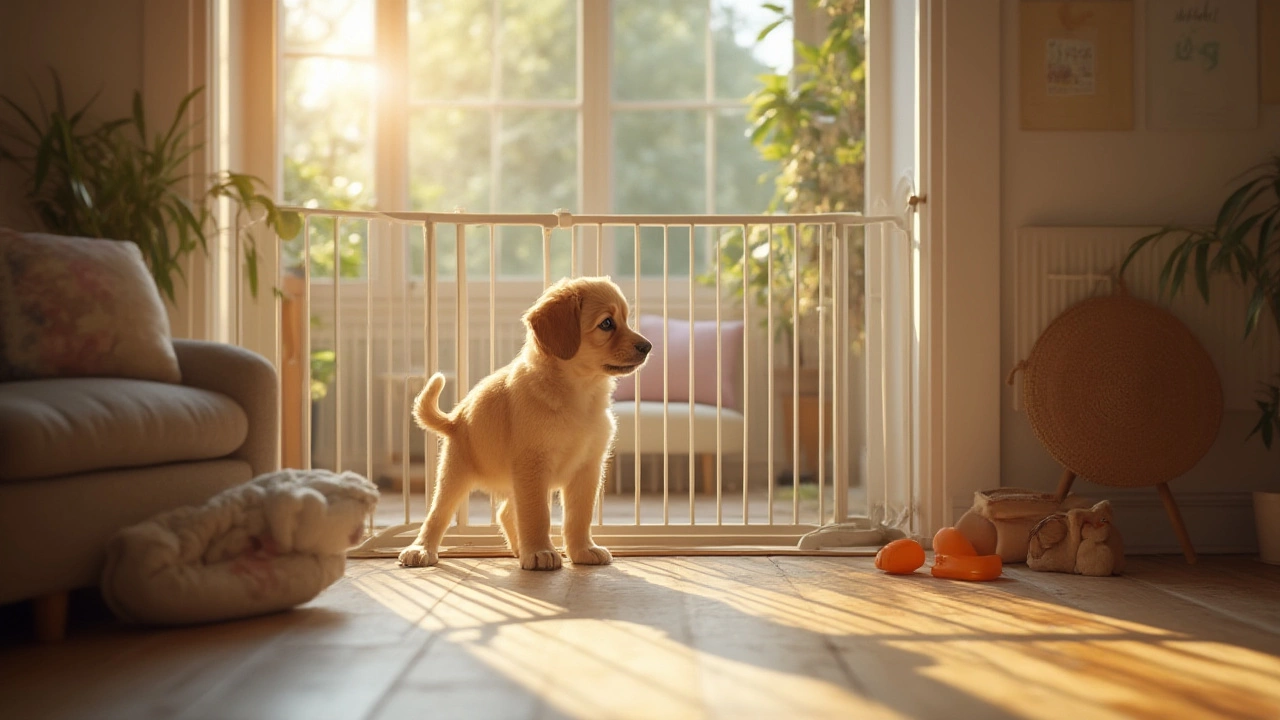
When to Let Your Puppy Roam the House: Training, Timing, and Safety Secrets
Wondering when to let your puppy roam the house? Find out how to time it right, prep your home, and avoid common mistakes for a happy, well-behaved pup.
View more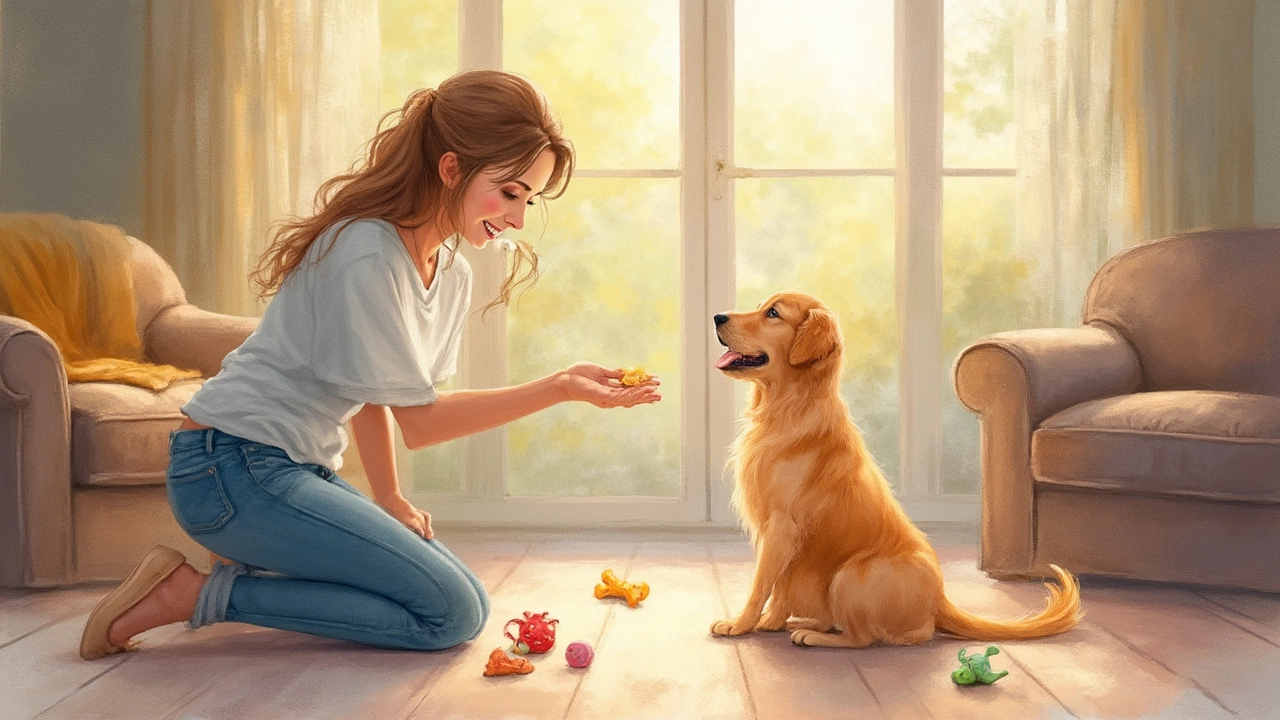
Effective Ways to Teach Your Puppy 'No' – Positive Puppy Training Tips
Learn how to teach your puppy the meaning of 'no' using positive, effective strategies. Avoid confusion and set your pup up for a lifetime of good behavior.
View more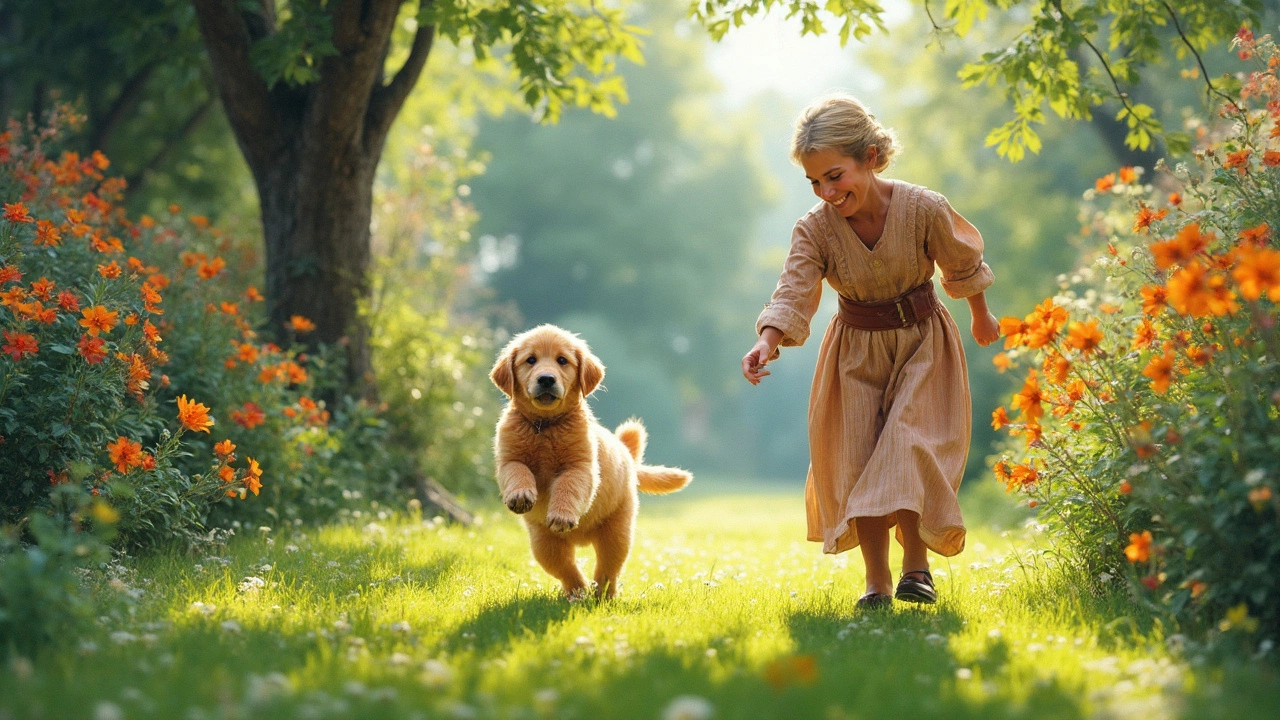
When Do Puppies Learn Their Name?
Ever wondered how long it takes for those cute little furballs to learn their name? Understand when puppies typically recognize their name and discover helpful tips to teach them effectively. Dive into the fascinating world of puppy learning with fun facts and practical advice to make your training sessions a success. Learn about the role of toys in enhancing the learning process and make this journey enjoyable for both you and your puppy.
View more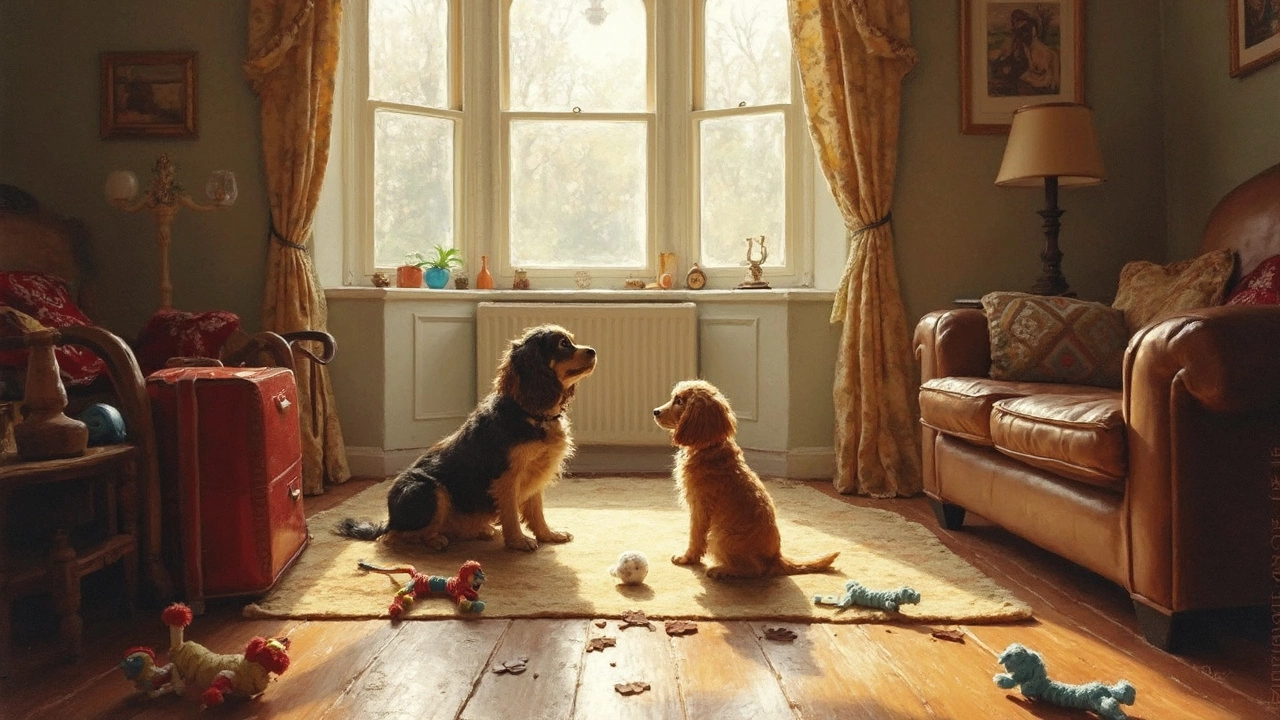
How Long to Potty Train a Puppy: Realistic Expectations for Pet Owners
Potty training a puppy is often a pet owner's first big challenge. The process typically takes anywhere from a few weeks to several months, depending on factors like breed, age, and consistency of training. Utilizing the right tools and maintaining a positive attitude can make all the difference. Introducing toys and rewards during training can also help keep your puppy engaged and motivated. Learn how to set realistic expectations and effective strategies for making the process as smooth as possible.
View more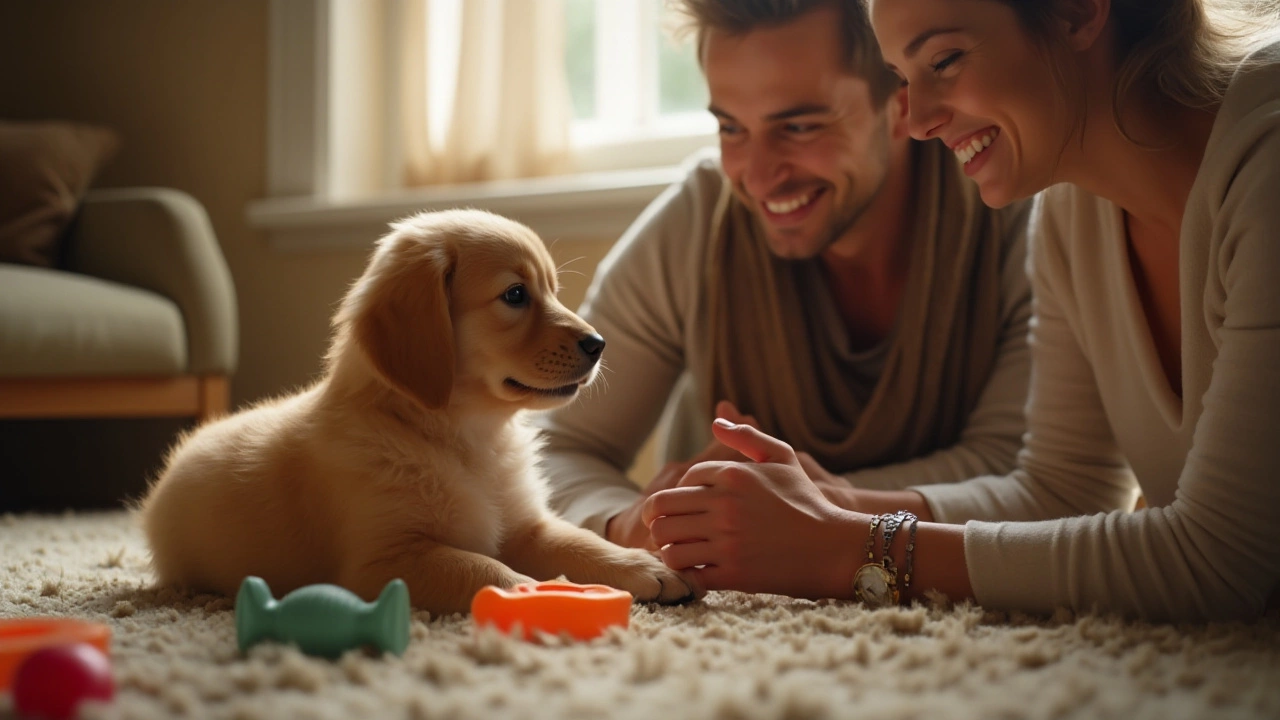
When Do Puppies Start Responding to Commands?
Training a puppy to obey commands is a crucial aspect of pet ownership. Puppies can start learning basic commands as early as eight weeks old, although patience and consistency are key. Using toys can aid in reinforcing obedience by providing visual and tactile cues. This article explores the timeline of puppy obedience, offering tips on incorporating toys to make training both effective and enjoyable.
View more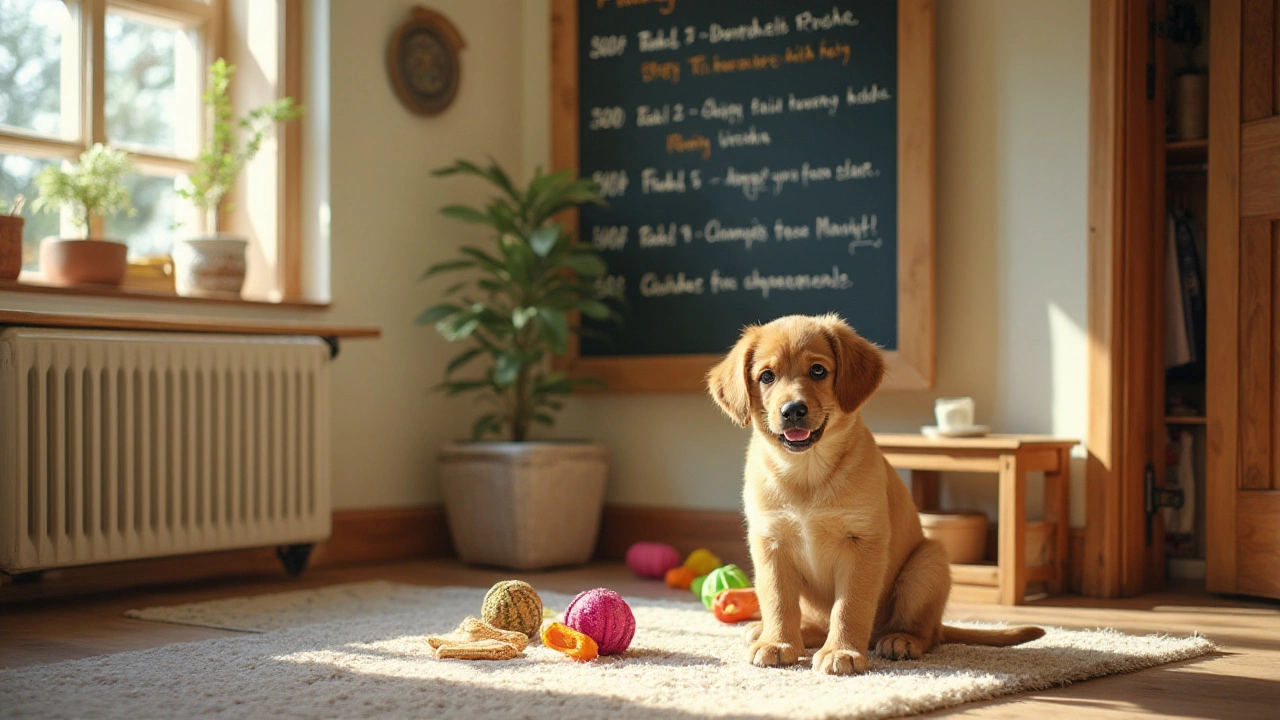
Effective Ways to Discourage Puppies from Indoor Peeing
Training a puppy not to pee inside the house can be a challenging but rewarding task. It's important to use positive reinforcement methods alongside a consistent routine to teach your puppy where they should relieve themselves. Avoid harsh punishments that might harm the trust between you and your puppy. Instead, utilize engaging and supportive tools and tricks to guide their learning process. This article provides practical insights and entertaining techniques to assist in housebreaking your young pup while emphasizing patience and understanding.
View more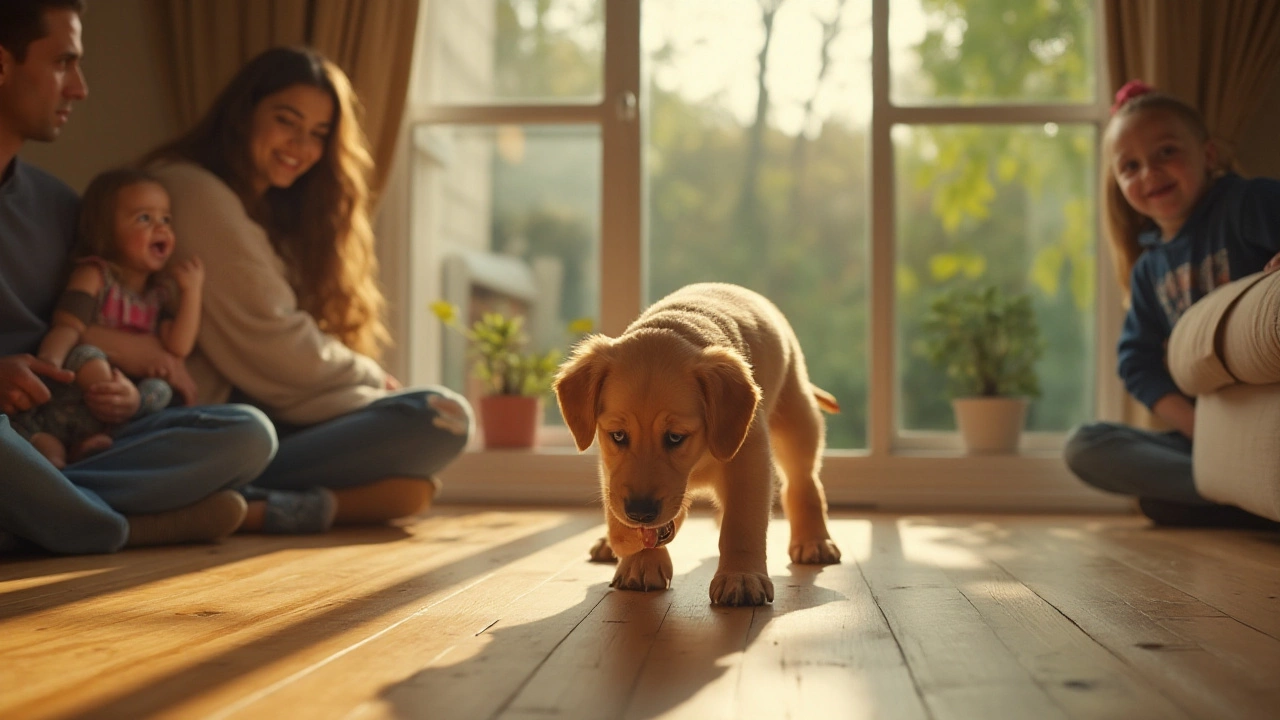
When Do Puppies Become Easier to Handle? Tips and Tricks
Raising a puppy can be challenging, but understanding when they start to get easier can help immensely. This article explores key developmental milestones, offering insights into puppy behavior and when you might notice changes. We'll also discuss how the right toys and training methods can assist during this crucial period. Tips for each stage will help make the transition smoother for both you and your pup. Enjoy as we help you navigate the joys and trials of puppyhood.
View more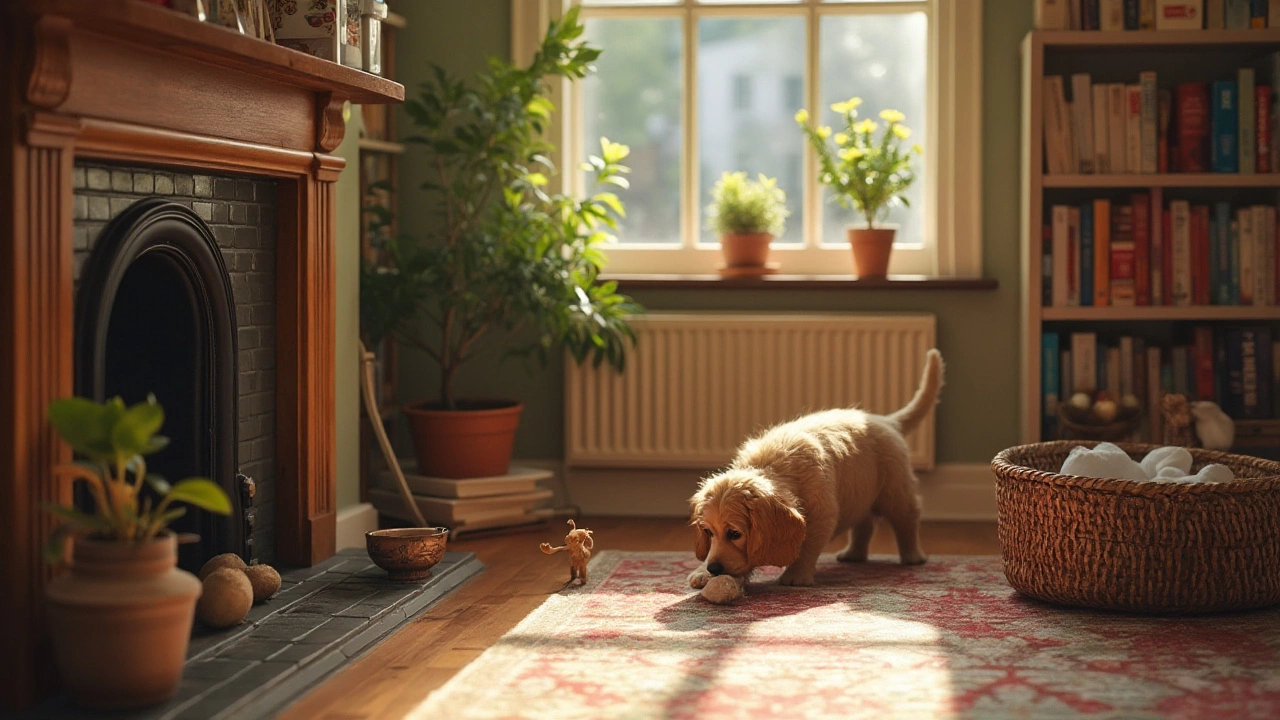
When Can a Puppy Safely Roam Free at Home?
Deciding when a puppy can safely roam free at home is crucial for both the puppy's development and the owner's peace of mind. It's essential to consider various factors like the puppy's age, training level, and the safety of the home environment. This article provides tips and insights on preparing your home, recognizing the right time, and implementing proper training to ensure your puppy is both free and safe.
View more